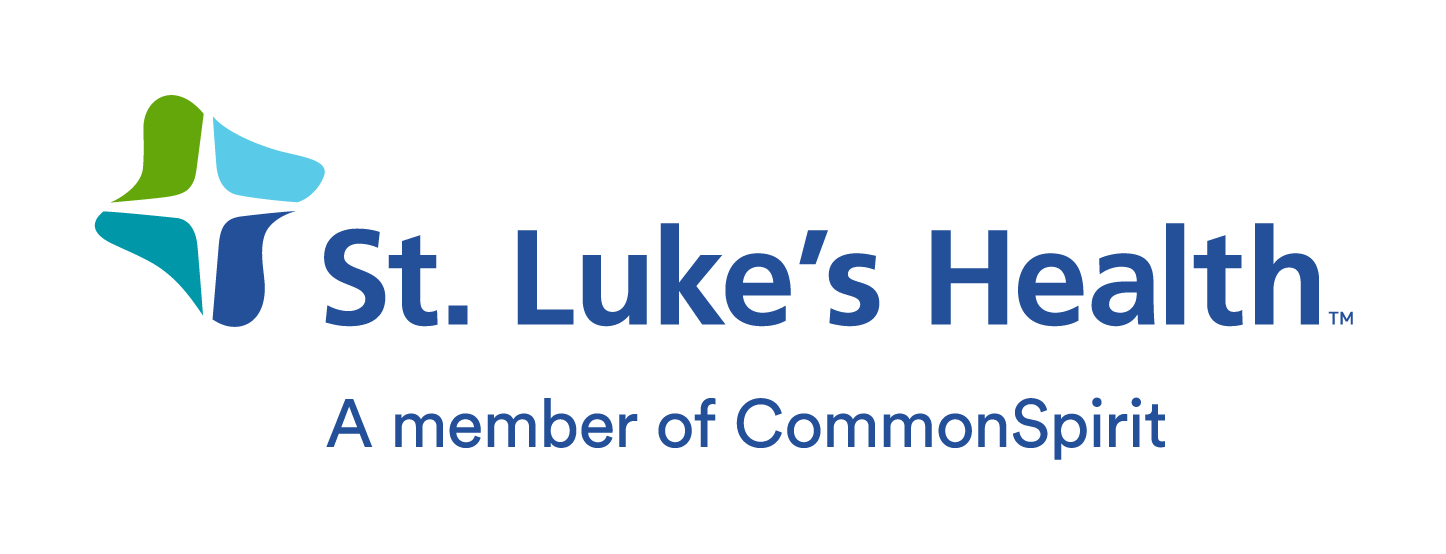Keeping patients up to date on seasonal vaccines has never been easy. In today’s political climate, conversations about getting a flu shot or the newest COVID-19 booster can be even more fraught. Yet, the importance of vaccines, especially for children, seniors and those with compromised immune systems, has been proven again and again. If you’re noticing vaccine reluctance in patients or even in your staff, there are strategies you can deploy to increase immunization adoption.
Flu Vaccine Rates Remain Low
Although childhood vaccine rates appear to have dropped slightly in recent years, they still remain over 90 percent in the U.S. According to the Centers for Disease Control and Prevention, the highest rate in recent years for seasonal flu vaccine adoption in adults was about 50 percent in 2020-21. The rate is higher among children (just under 59 percent in 2021-22) and seniors (almost 74 percent in 2021-22), but the majority of adults under 50 are not getting an annual flu shot (just over 37 percent in 2021-22). Seasonal flu vaccination rates in Texas rank among the bottom 10 states in the country.
The COVID-19 booster hasn’t been in existence long enough to become a staple of seasonal health care like the flu shot. While 70 percent of Americans have had the primary COVID-19 vaccine, only 17 percent nationally and only 11 percent in Texas have gotten a booster. The Food and Drug Administration approved updated boosters this year, but there are no signs that adoption will be any more widespread. This may signal an information gap, where people may not be aware that a booster can provide additional protection after the original vaccine dose.
Why People Don’t Get Seasonal Vaccines
The CDC recommends that everyone 6 months and older get an annual flu shot, so why is the adoption rate still so low? Research has found most common reasons include:
Belief that the vaccine doesn’t work
Concern that getting the vaccine will give you the flu
Lack of concern about getting the flu
Fear about other side effects
Fear of needles
Other reasons for not getting the vaccine include cost and lack of time.
Address the Beliefs, Not Just the Science
Knowing why your patients aren’t getting vaccines is one key to increasing their adoption. Providers need to understand where biases originate. Are they related to socioeconomic status? A lack of health education? Cultural beliefs? Preconceived ideas about the flu or vaccines? Conducting an exercise looking at the knowledge, beliefs and barriers of your patient population can help you identify ways to address the problem. Solutions might include:
Invest in education. At every point along the health care continuum, find the opportunities to provide education about the importance of vaccines.
Leverage technology. Hold virtual forums to answer questions for a larger group, or post blogs or FAQs about vaccines on your practice website.
Look at the point of service. How easy is it for your patients and families to receive a vaccine? Are there barriers such as lack of insurance or hours of operation that could be tweaked?
Partner with “vaccine ambassadors.” Are there trusted community figures or organizations that can serve as a voice for vaccine importance and safety?
Take the vaccine to the community. Partnering with community or faith-based organizations is a great way to increase vaccine awareness and education. If you’re hoping to reach both children and parents, look for school organizations that are open to partnership.
When you understand the informational barriers, behavior barriers and structural barriers that may cause someone to not want to be vaccinated, then you can start to develop action plans that align accordingly.
Don’t Forget to Listen
As medical providers, we know the science behind vaccines. Sometimes it may be all too easy to forget that our patients don’t have the knowledge and resources we do when it comes to time-tested medicine such as vaccines. That’s why listening to patient concerns is crucial. Their concerns are their reality. We cannot marginalize them in any shape or form.
We need to acknowledge how patients feel and then provide them with facts from trusted data sources. We need to say, “Here are the facts, and I want you to be equipped to be able to make the best decision possible based on facts.” People tend to believe the information that really is in alignment with their attitudes and general views of the world. When people have misinformation, it just means they don’t have evidence-based facts. When we offer accurate information and provide effective tools for patients, it helps them own their care and feel more confident in their choices.
Talking to Vaccine-Hesitant Staff
Vaccine hesitancy isn’t only an issue for patients. In the 2021-22 flu season, only around 80 percent of health care providers nationally received a flu vaccine and just 67 percent got a COVID-19 booster.
You know your staff and your office culture the best, and what may work to encourage vaccine adoption in one practice may not work in another. The same concepts apply as when talking to patients: Provide education, listen, and look for barriers to overcome. It is important that your employees feel their voices are heard. When you equip people with the right information to make a well-informed decision, whether it is your staff or your patients, you allow people to make the best choice possible while also dispelling myths they may pass along to patients.




